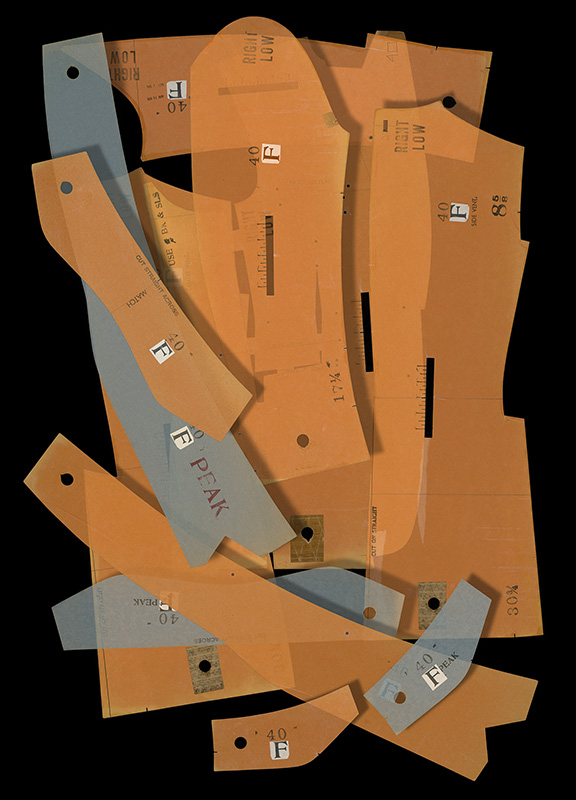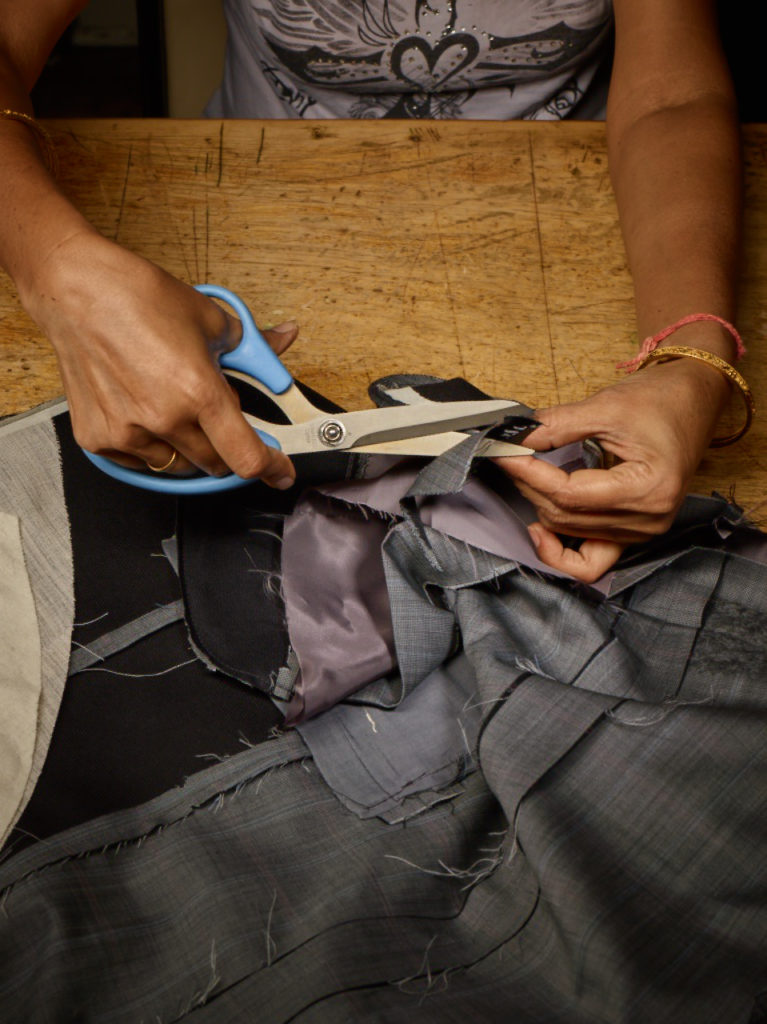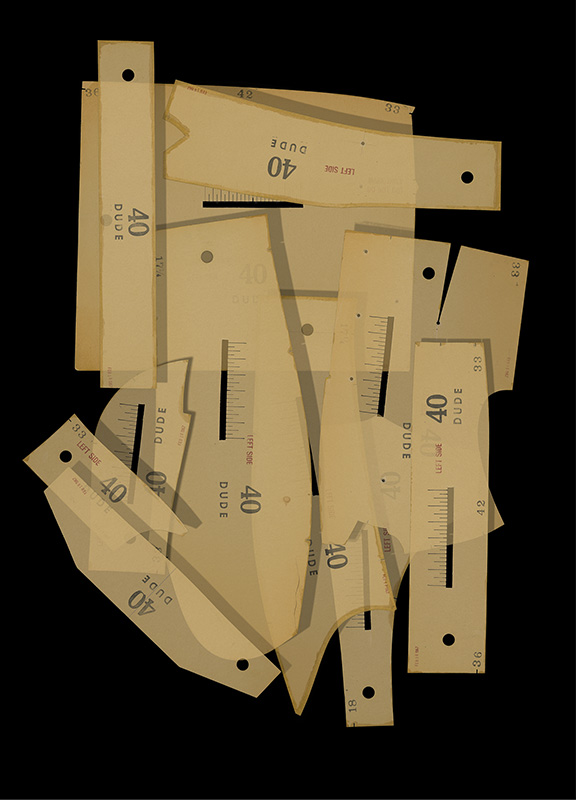Sara Angelucci’s Poignant Portraits of Factory Laborers Are Now on View at Toronto’s Stephen Bulger Gallery


Taylor Dafoe

In 2017, in advance of Canada’s 150th birthday, the Art Gallery of Hamilton in Ontario invited Sara Angelucci to respond to the occasion with a new body of work. What resulted was “Piece Work,” an exhibition of two photographic series, sculpture, film, and a sound installation—all related to immigrant laborers at a local garment manufacturer.
Earlier this month, Angelucci’s exhibition went on view again at Stephen Bulger Gallery in Toronto.
The artist, who is based in the Candian city, primarily works with photography, exploring issues of memory, identity, and the history of the medium. She is also a child of immigrants. Her Italian parents settled in the country in the late 1950s. Hamilton, a city that Angelucci compares to Pittsburgh, was a popular choice for immigrants at the time because of the many manufacturing jobs available. Her father worked for the steel mill, while her mother secured her first ever paying job at Coppley Apparel, a mid-level garment factory that specializes in men’s suits. The company is almost as old as Canada itself: It has been in operation since 1883, and the factory building it occupies was erected in the 1870s. (Canada declared independence in 1867.)
Today, Coppley has over three hundred employees that work across many departments—pattern making, cutting, ironing, among others.

Sara Angelucci, Coppley Patterns (40F Suit 3) (2017).
© Sara Angelucci. Courtesy of Stephen Bulger Gallery.
The first group of pictures in the show is comprised of old sewing patterns the artist found in the factory’s basement. She scanned and layered them in varying degrees of transparency on a black background—a style that recalls Cubist painting and Kurt Schwitter’s multi-media collages.
“When you transform an object into a picture, it raises its importance; it elevates it beyond itself,” Angelucci tells artnet News. “These things were discarded; nobody cared about them. They were basically rotting in the basement. They were all musty. And then you make them into art and people reconsider them.”
The second group of photographs focuses on the hands of the workers. It features some two dozen pictures, mounted in a single row, aligned by the edge of the table on which her subjects work, and arranged in order of the suit-making operations depicted, from the initial laying out of the fabric to the sewing on of buttons and zippers.
“I wanted to understand how they work, how they move,” recalls Angelucci. “Because they do piece work and are paid by the number of pieces they can sew in a day, they do these body gestures thousands and thousands of times a week. These movements and repetitive gestures are extensions of their bodies—it’s kind of like a dance.”

Sara Angelucci, Mano D’Oro. Trim and turn edges (2017). © Sara Angelucci. Courtesy of Stephen Bulger Gallery.
Angelucci spent months getting to know the employees of the factory, then she set up a studio in an empty room for a few days where she shot her subjects. An iPad was tethered to the camera and faced toward the sitters so they could see the images as they were being taken. As such, she considers these pictures to be portraits, though no faces are shown.
In a similar gesture, Angelucci also recorded the voices of many of the workers for a sound piece that accompanies the exhibition.
“I am a sewer,” the voices recite individually—in a variety of accents—before describing their respective tasks, listing the number of garments they’re able to complete in a day and the years they’ve been with the company. One person describes accidentally sewing a button onto her own finger; another recalls a co-worker who passed away after a battle with cancer. Then, in chorus, the voices chant: “We are connected by a thread.”

Sara Angelucci, Coppley Patterns (Dude) (2017).
© Sara Angelucci. Courtesy of Stephen Bulger Gallery.
The project began as a response to Canada’s past, but in many ways, Angelucci says it became a “snapshot of immigration in Canada at the moment.” The factory employs a mix of immigrants from all over the world; over 30 languages are spoken.
Angelucci describes meeting one woman, a Syrian refugee, who was a former professor of Arabic in her home country. Upon meeting the artist, the woman lifted up her shirt to show where she’d been shot on the university campus.
“You meet these real people that have had these traumatic experiences, and you realize, ‘Woah, this is really about now,’” Angelucci says.
After the exhibition was installed, the company hosted a luncheon at the gallery, and over 300 employees came to see the work.
“Piece Work” is on view through July 14 at Stephen Bulger Gallery in Toronto.
